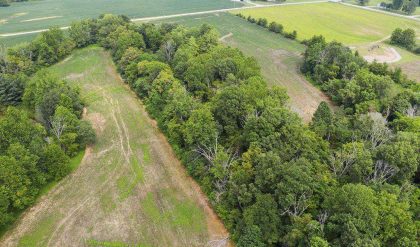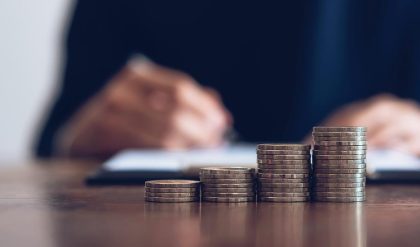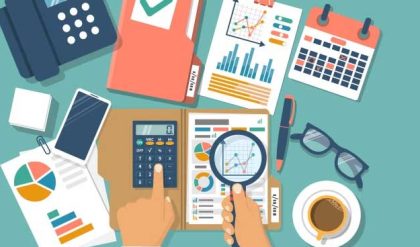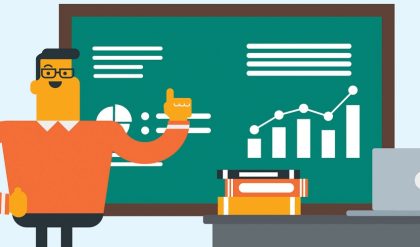The necessary first step in introducing the field of development economics is to define the elusive concept of development. Sen won a Nobel Prize for his path‐ breaking efforts in this task. Chapter 2 therefore gives Sen (1988) the first word in this collection. What does “development” mean? Most people would readily agree that it relates to improvement in the human condition, to better standards of living. But that merely displaces the definitional problem. How do we know if standards of living improve? Economists most commonly use measures of output and associated income or expenditures as metrics. These flow measures are surely related to well‐being, as virtually everyone would prefer more of such things to less, all else held constant.
But the inherent stochasticity and transience of flow measures encourages other analysts to focus on stock measures – loosely speaking, assets – as a more durable representation of human well‐being. Capital in its many guises – financial, human, manufactured, natural, social – thus plays a prominent role in much of development economics.
The problem with such stock or flow definitions, of course, is that incomes, expenditures and assets all privilege material conditions and offer a time‐bound view of the kind of life people live. As Sen (1981, 1985, 1995) has so eloquently argued in a series of seminal books, insofar as development is concerned with humans experiencing a better life, the focus ought to be on the length and quality of that life, or on the “entitlements”, “capabilities” and “functionings” of personstheir philosophical foundations, and their implications for measurement and analysis in development economics. Unfortunately, we have only crude indicators available to represent these concepts.
Literacy, heath status, longevity, etc. all provide important metrics of well‐being. But none are inherently superior to the traditional economic measures of income or wealth. Indeed, in a fictional world of complete and competitive markets, income flows and/or asset stocks would suffice to describe well‐being since they would fully define people’s choice sets and if all things worthwhile in life were tradable, the choice set would describe the full set of individuals’ capabilities. Since no such world exists, however, our usual welfare metrics – income, expenditures and assets – may be the best scalar measure of development available, given the reasonably strong correlation with many other metrics of interest, but they are highly and unavoidably imperfect.
This issue really comes to a head when we try to come up with practical statistics to describe the human condition. Policymakers need measures by which they can evaluate whether or not progress is being made; are people better off now than before? Who is doing well and who is not doing so well?
The standard macroeconomic measure, gross domestic product (GDP) or gross national product (GNP) – commonly in real (i.e., inflation‐adjusted) , per capita form – is a handy summary of the aggregate activity of an economy. But as the sum of all output or earnings in an economy – divided by the population in the case of per capita measures – national accounts measures offer an obviously weak indicator of the experience of individuals, given considerable cross‐sectional variation in standards of living. In particular, development economists typically concern themselves primarily with the well‐being of a society’s poorer members.
A massive literature on poverty measurement has therefore emerged over the years. Lipton and Ravallion (1995) and Ravallion (1996) offer superb syntheses of that literature as of the early 1990s. At the risk of grossly oversimplifying a complex literature, there are three fundamental questions in poverty measurement. First, one must decide on the relevant metric; economists typically rely on income or consumption as a measure of one’s choice set.
Second, one must establish an appropriate poverty line, an inherently arbitrary point at which one separates the non‐poor from the poor. This is a longstanding point of contention, for many reasons. There is no universally agreed threshold at which quality of life is deemed satisfactory; individual heterogeneity is so great that even within a community, defining a poverty line is naturally contentious. Moreover, spatial and intertemporal variation in prices limit the appropriateness of any single poverty line to all people in all places and at all times. Other major concerns include the units of measurement (does one study individuals or households, and if the latter, how does one account properly for possible scale economies within households (Deaton 1997)?), the period of aggregation (are we concerned about temporary or chronic poverty, or both?), and the difficulty of establishing an absolute measure of poverty, given that the social definition of what constitutes material “necessity” for a good life varies so markedly across cultures and over time. These important concerns notwithstanding, policymakers need a poverty line, arbitrary as it may be. Dating at least to Rowntree’s (1910) and Orshanky’s (1965) work in the U.K. and U.S., poverty lines have commonly been based (if only implicitly) on estimates of nutritional requirements and some multiple of the cost of a market basket yielding this minimum level, with the multiple intended to reflect other basic needs in some crude, fixed proportions sense.





